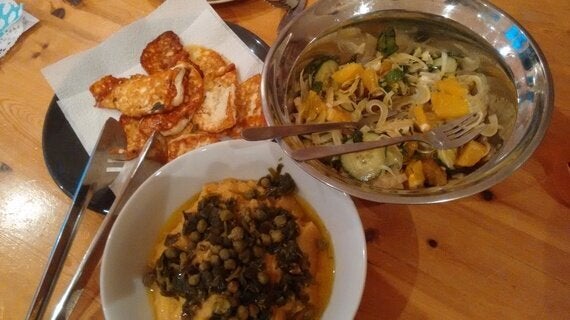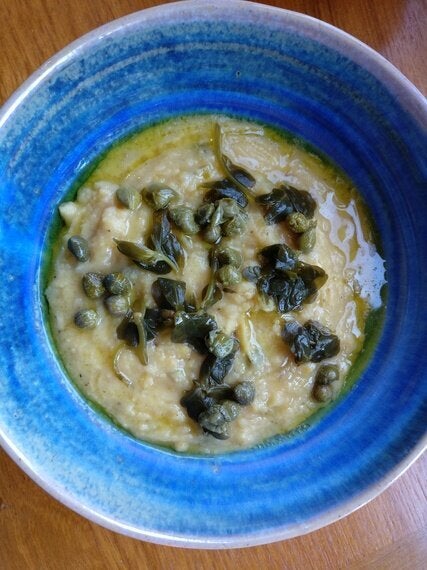
Holy smokes. This is pretty much my favourite recipe of 2016 so far. Who'd have thought - a simple dish of boiled split yellow peas with a few seasonings? Thanks to Kitty who showed me how to make it when I visited her in Leros, Greece, earlier this year. Just to list a fraction of her many talents: she cooks EPIC vegetarian food, she can draw anything you ask of her, and she is uncannily brilliant at giving hilarious names to her ever-expanding brood of nine cats. One of whom is called 'Donald Trump', another is 'Tina Turner'. When she brought a dish of fava to the table and I tasted it for the first time, I gobbled down three large portions in under 10 minutes. It was that bloody good.
Fava is basically a Greek staple dish, and really particular to the island of Leros. It's cheap, easy to make, and you can do so many things with it. Not only is it really good for you, but it tastes sooooo savoury and moreish and costs about 6p per portion. Who says frugal eating has to be boring? It really doesn't. Fava is a relaxing, savoury hug in a bowl and is now up there with my other favourite comfort dishes of dhal and tuna anchovy butterbeans. I love a good pulse, that's for sure.
The beauty of this dish is that you can have it so many different ways. Simple, classic style, topped with capers and olive oil. Kitty likes to add red onions. I don't go near raw onions, but I can manage them sliced thinly and macerated in lemon juice and salt, to take away the acrid aftertaste. I made a really delicious summery lunch, totally copied from Kitty, where fava was a side dish to grilled halloumi and a lettuce, herb and orange salad. You can have fava as a side dish for a piece of meat or fish, to replace mash. You can have a great big bowl of it topped with anything from crispy chorizo, crumbled Feta cheese, fried mushrooms, chopped coriander, tuna fish, greens - anything at all! I keep experimenting with toppings - last week, I had it with a fried egg and chilli sauce on top. It was the most perfect antidote to a hangover:

The quickest route to fava happiness is if you own a pressure cooker, 1970's style, baby. We just got one, to copy Kitty. It is AWESOME. We are so MIDDLE AGED. In a pressure cooker, the split peas will be ready in about 20 minutes or so, with no pre-soaking. But don't worry if you don't have one, just soak your peas overnight, then put all the ingredients in a pot with the same amount of water, bring to the boil and simmer away for an hour or a bit longer, adding more water if necessary.
Recipe serves 6 as a side dish.
You will need:
500g yellow split peas
1 onion, roughly chopped
2 bay leaves
1 stock cube
1200ml water
Olive oil
1 lemon
Salt and pepper to taste
Toppings:
Capers, extra virgin olive oil, Feta cheese, chopped fresh chillies, fried chorizo, chopped herbs eg coriander, basil, fried egg - sky's the limit. Have a stash of pita breads handy to scoop it up, and you could mix Greek yoghurt with tahini or pesto to drizzle over.
If you're using a pressure cooker, just chuck everything into the pot except the olive oil, lemon juice and seasoning. Cover with the water. Close the pressure cooker and bring it up to the boil. When it's whistling and the pressure gauge has risen, turn everything down really low and let it simmer for approximately 20 minutes. Let me just say that all pulses cook in different times according to their age and size, so do check your split peas and cook them a little longer if they need it - but it shouldn't take much more than 25 minutes on a really low heat. Make sure the pressure cooker has stopped whistling and has cooled down a little before you open it - you don't want to be scalded by exploding mixture!
If you're cooking fava in a saucepan, make sure you've soaked the pulses overnight, then boil up with the onion, bay, stock cube and water and then simmer until they are really mushy and collapsing, adding more water if necessary. Allow at least an hour.
The cooked fava will be really mushy. Give it a good stir so that the mixture goes creamy and blends together to be smooth like houmous. It's now ready for seasoning - just add generous glugs of olive oil and the juice of half the lemon, season, then taste it. If you think it needs it, add the juice of the other half lemon. It's now ready to eat.
Fava keeps really well in the fridge, and its flavours actually improve over several days. The cold mixture will set solid in a lump, so it's ideal for forming into patties with a few extra seasonings (eg cumin, dried mint, fried onions) and then dipping in egg and then flour / breadcrumbs and frying up as burgers or patties. If you want to eat it with toppings, it reheats really easily and goes silky again without you having to add any extra water. You can also whack cooked fava into the freezer, just like any other cooked pulses. I aim to have a supply on standby at all times!
Fava, solid state:
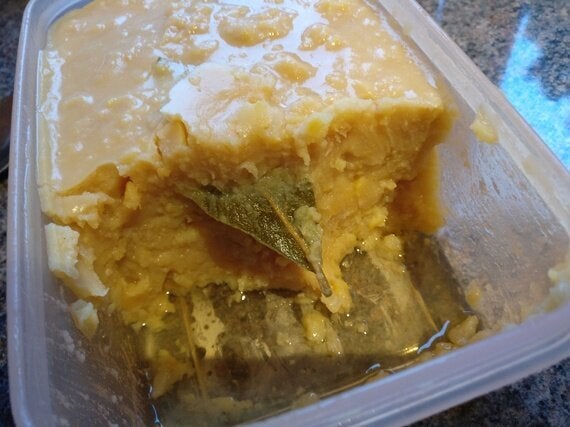
Fava with mushrooms and Feta cheese:
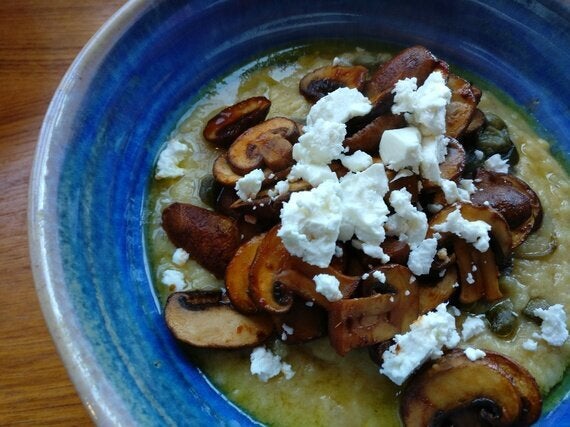
If you happen to be in a continental grocers and you see caper leaves, grab em - they're so pretty to drape over the fava, and taste unsurprisingly just like capers:
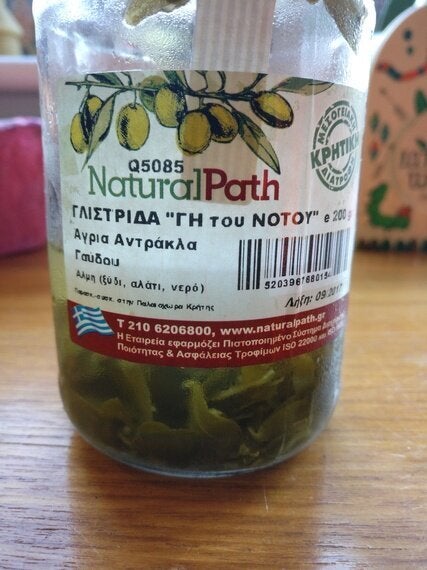
Classic style, with caper leaves, berries and olive oil:

Summery dinner: grilled halloumi, a lettuce, fennel, herb and orange salad, and a great stash of fava with capers. Crappy lighting and photo, though:
